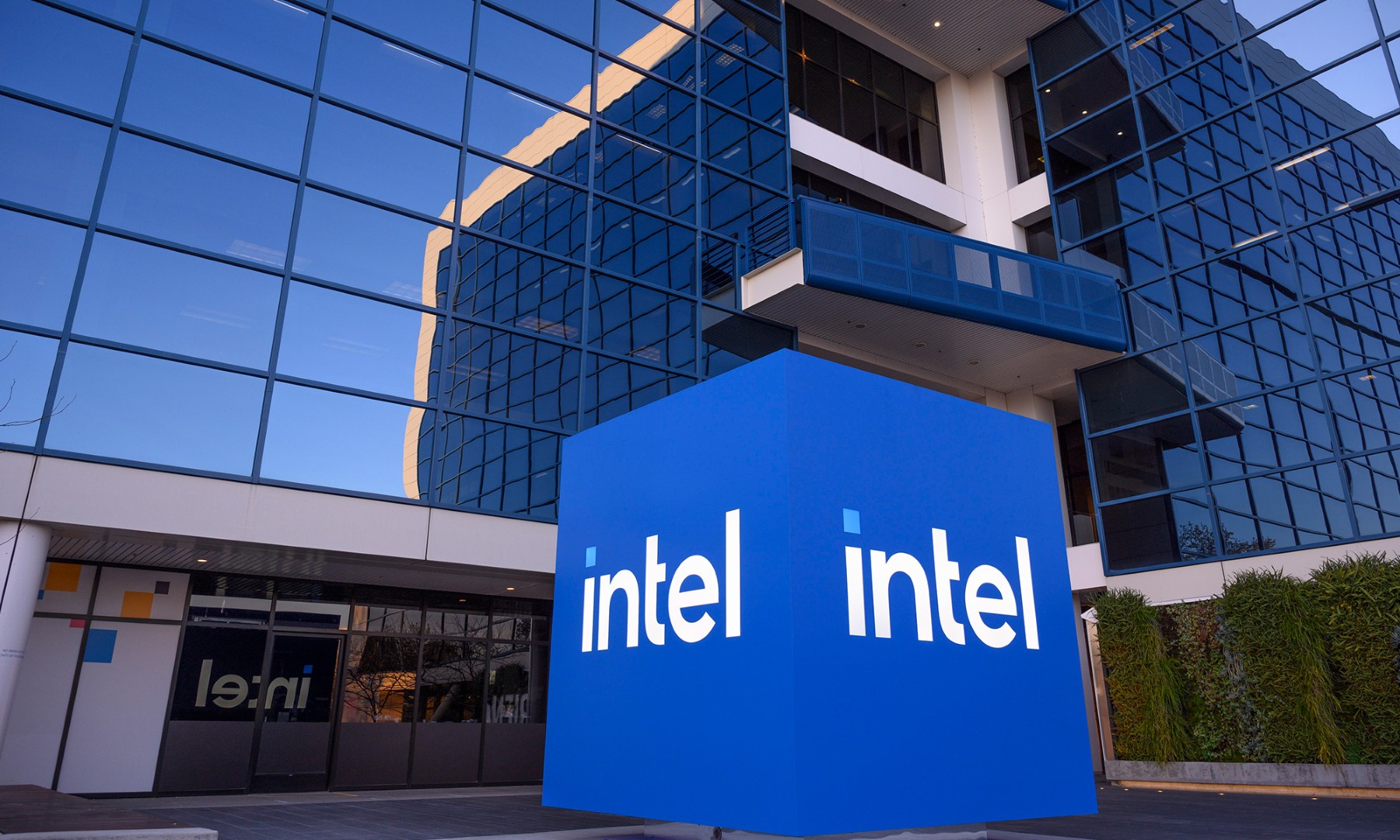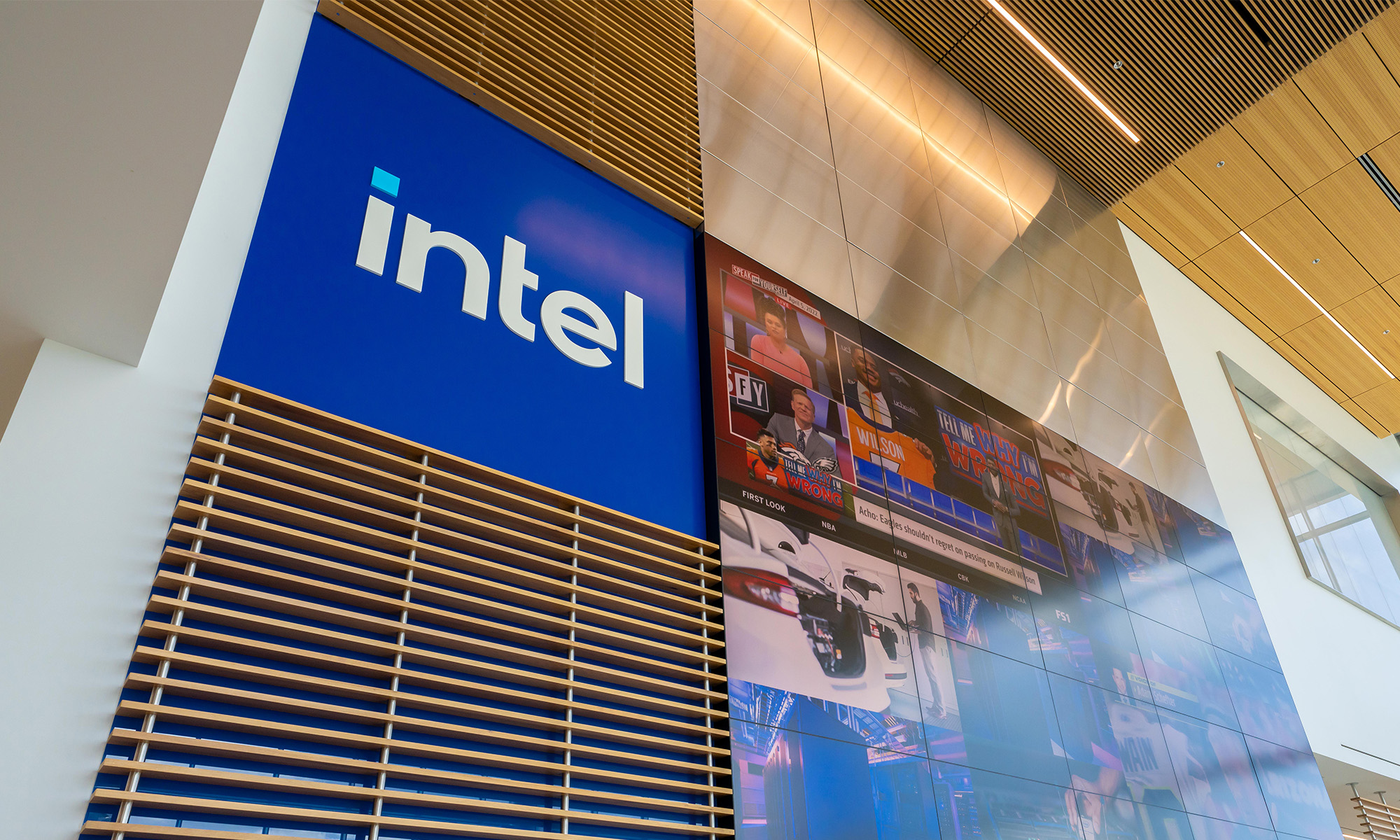For several years, NVIDIA (NVDA 0.47%) has been looking to branch out beyond gaming. The company found that its GPUs can be used to drastically speed up code that can be run in parallel, which makes NVIDIA's technology perfect for accelerating high-performance computing, or HPC. As a result, NVIDIA released a product called Tesla in 2010, which combines the company's GPU with software to provide HPC acceleration.
Currently, NVIDIA has a dominant share in HPC accelerators, but recently, Intel (INTC +1.75%) has been trying to muscle in on this market with a new line of co-processors, called the Xeon Phi. Intel already provides processors for many HPC environments, so is its move into accelerators really bad news for NVIDIA?
Intel gains ground in HPC
Tesla saw 37% revenue growth in 2013, and NVIDIA's management expects accelerating growth down the line. Furthermore, according to the TOP500 supercomputer ranking, 67 of the world's top 500 supercomputers use some kind of co-processor or accelerator, and of these, almost two-thirds use NVIDIA's Tesla.
Intel's Xeon Phi, introduced in 2012, is featured in 16 of the 67 top supercomputers that use accelerators. This trails NVIDIA, but Intel has had some high-profile wins, including the Tianhe-2, the world's largest supercomputer. Additionally, the upcoming release in the Xeon Phi line, code named Knights Landing, combines both the CPU and the accelerators, possibly posing even more of a threat to NVIDIA.
Why NVIDIA isn't worried
NVIDIA is confident that its technology is superior, and independent reviews show significantly better performance on financial benchmarks using Tesla over current versions of Xeon Phi. In addition, the company has a first-mover advantage, since programs have already been written and optimized for its Tesla platform.
On the other hand, Motley Fool analyst Timothy Green sees Intel's upcoming Knights Landing processor as a big threat to NVIDIA. He cites the power efficiency of Intel's next-generation chips and the unified processor/accelerator architecture as advantages that might disrupt NVIDIA's growth in the HPC market. But, NVIDIA might still have a move to turn the tables on Intel.
Who's chasing whom?
NVIDIA recently announced that Tesla is now compatible with ARM-based chips, the kind of low-powered processors that run smartphones and tablets, which are increasingly taking business away from Intel's x86 architecture. The ARM/Tesla approach is already gaining traction, and is planned to be used in a next-generation supercomputer that is to be built in Barcelona and will attempt to overtake the Tianhe-2 in performance.
So, in spite of looking like the aggressor, it is actually Intel that might see a decrease in its overall HPC share. Current HPC revenue is not very significant for either company, with NVIDIA estimating that its data center products, which include Tesla, earn "tens of millions of dollars" per year, a tiny slice of its $4 billion in annual revenue. But, trends in HPC signal more widespread changes later, giving Intel something to worry about.
The bottom line
Intel and NVIDIA are fighting it out in the high-performance computing processor market, with Intel appearing to be the aggressor and gaining share. However, NVIDIA's accelerators still lead in terms of performance, and NVIDIA's support for ARM-based chips might even undermine Intel's position in HPC. While this wouldn't be a huge blow in terms of revenue, Intel should worry that ARM-based chips are taking even more of its business away.







